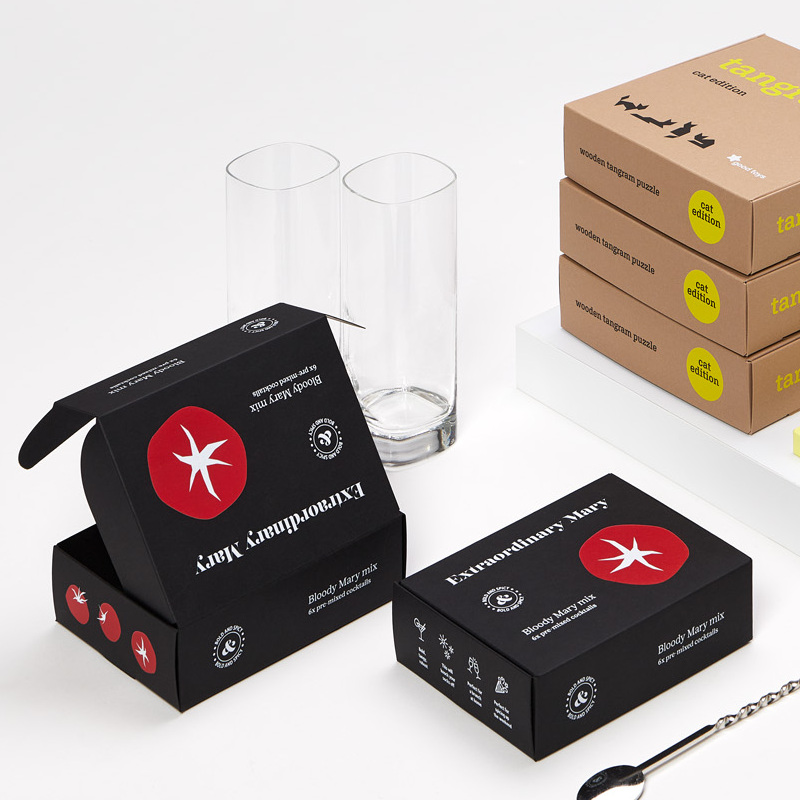The Rise of Printed Food Containers A Blend of Functionality and Aesthetics
In recent years, the food industry has experienced a significant transformation in packaging practices, driven by both sustainability concerns and consumer preferences. Among the various innovative solutions available, printed food containers have emerged as a frontrunner. These containers not only serve practical purposes but also enhance brand identity and consumer engagement. This article delves into the evolution, benefits, and future prospects of printed food containers.
The Evolution of Food Packaging
Historically, food packaging was primarily focused on safety and preservation. Materials such as paper, glass, and metal were commonly used to protect food from external contaminants and to prolong shelf life. However, with the advent of the digital age and heightened competition in the food sector, businesses began to realize the potential of packaging as a marketing tool. This shift paved the way for printed food containers that could convey brand messages and enhance consumer experience.
Printed food containers have evolved significantly, with advancements in digital printing technology allowing for vibrant colors, intricate designs, and customizable options. This evolution has enabled brands to tell their stories through packaging, fostering a deeper connection with consumers. Moreover, innovations in biodegradable materials have addressed environmental concerns, aligning packaging strategies with the growing demand for sustainability.
Benefits of Printed Food Containers
1. Brand Recognition One of the most significant advantages of printed food containers is brand recognition. Packaging design plays a crucial role in consumer choice. Unique and eye-catching prints help products stand out on crowded shelves. Brands can use custom colors, logos, and typography to create a strong visual identity, making it easier for consumers to remember their products.
2. Consumer Engagement Printed containers facilitate storytelling. Brands can incorporate engaging narratives, product details, and even QR codes linking to additional content. This creates an interactive experience for consumers, fostering a connection that goes beyond the point of sale. With the rise of social media, aesthetically pleasing packaging can also encourage customers to share their experiences online, further enhancing brand visibility.
3. Sustainability With increasing awareness of environmental issues, consumers are gravitating towards brands that prioritize sustainability. Printed food containers can be produced using eco-friendly materials and processes. For instance, water-based inks and recyclable substrates are gaining popularity. This commitment to sustainability not only appeals to environmentally conscious consumers but also helps brands comply with regulations and reduce their carbon footprint.
printed food containers

4. Versatility Printed food containers are versatile solutions applicable across various food products, from fresh produce to ready-to-eat meals. Different shapes, sizes, and materials are available to cater to diverse needs, ensuring that every product can be packaged in a manner that maximizes its appeal while conserving freshness.
Challenges Ahead
Despite the benefits, challenges remain in the realm of printed food containers. Issues such as production costs, potential contamination, and the need for versatile printing methods that accommodate various substrates can pose obstacles. Additionally, ensuring the durability of prints after exposure to moisture, heat, and handling is crucial, particularly in the food industry where hygiene and food safety are paramount.
The Future of Printed Food Containers
Looking ahead, the future appears bright for printed food containers. As technology continues to advance, we can expect even greater customization options and more sustainable materials. Innovations like 3D printing and smart packaging are on the horizon, promising to revolutionize how food is packaged and marketed.
Furthermore, the consumer's growing preference for transparency and authenticity will likely drive brands to enhance their packaging strategies. Printed food containers will become an essential component of a holistic marketing approach that emphasizes quality, sustainability, and consumer engagement.
Conclusion
Printed food containers are more than just packaging; they represent the intersection of functionality and aesthetics in the food industry. As businesses recognize the value of innovative packaging solutions, printed containers are set to play a pivotal role in shaping consumer experiences and driving brand loyalty. As technology continues to evolve and sustainability takes center stage, the potential for printed food containers to transform the industry is immense. Embracing this trend will not only benefit brands but also contribute to a more sustainable and engaging future for food packaging.



